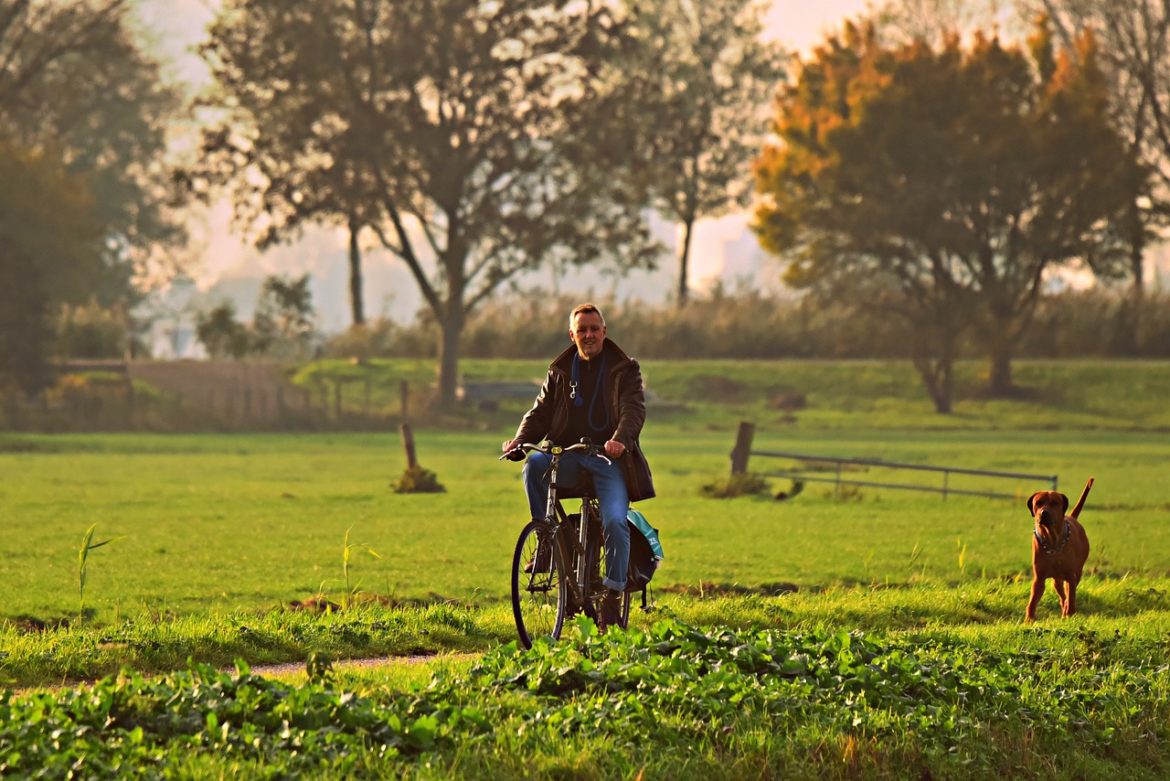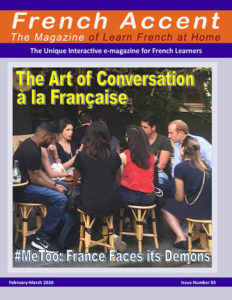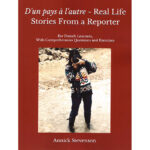One of the first verbs to master in the French language is the verb faire. It is used to express both of the following actions: ‘to do’ and ‘to make’ but it is also widely used in many different contexts such as the weather, sports, and household tasks, and many, many more….
Faire is an irregular verb and when conjugated in the present, you will notice how the vous form does not end in ez:
Je fais = I do/make
Tu fais = You do/make
Il/elle/on fait = He/she/one does/makes
Nous faisons = We do/make
Vous faites = You do/make
Ils font = They do/make
Example :
Vous faites un gâteau d’anniversaire pour votre fille ? = You’re making a birthday cake for your daughter?
Elle fait un travail difficile = She is doing a difficult job.
The verb faire is used in the following situations:
Expressions about the weather (le temps):
Quel temps fait-il aujourd’hui ? = What’s the weather today?
Quelle température fait-il aujourd’hui ? = What temperature is it today?
Il fait chaud ou froid = It is hot or cold.
Il fait beau = It’s nice.
Il fait frais = It’s cool.
Il fait doux = It’s warm.
Il fait mauvais = It’s bad weather.
Il fait soleil = It’s sunny.
Il fait 35 degrés = It’s 35 degrees.
Il fait du vent = It’s windy.
Note that we use:
The verb pleuvoir to express “rain” = Il pleut (it’s raining).
The verb neiger to express “snow” = Il neige (it’s snowing).
C’est is used for in the following weather contexts:
C’est nuageux = It’s cloudy.
C’est orageux = It’s stormy.
C’est humide = It’s humid.
Il y a is also used in the following weather contexts:
Il y a du vent = There is some wind.
Il y a du brouillard = There is some fog (you can use either faire or il y a).
Il y a une tempête = There is a storm.
Il y a une tempête de neige = There is a snowstorm.
Il y a des nuages = It is cloudy.
Note: we use the verb être when we’re talking about time (many confuse the word temps for clock time):
Quelle heure est-il ? = What time is it?



 Receive our French Learning e-Magazine for FREE!
Receive our French Learning e-Magazine for FREE!

 Improve your French aural comprehension, your French writing skills or your grammar knowledge. Communicate with ease and confidence when traveling in France… Our ebooks have helped thousand of French learners. Ebooks with audio, exercices, short stories, etc.
Improve your French aural comprehension, your French writing skills or your grammar knowledge. Communicate with ease and confidence when traveling in France… Our ebooks have helped thousand of French learners. Ebooks with audio, exercices, short stories, etc.